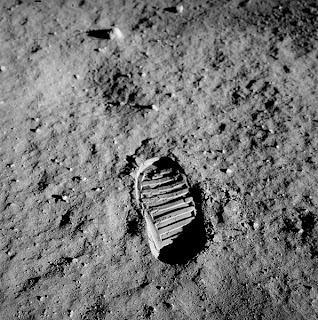 |
| The 1833 Leonids (Source: Wikipedia) |
Word on the street is there's a meteor shower set for late Tuesday night, peaking at 2 am EST on January 4th
[1]. The meteors in question are the
Quadrantids, which often go unnoticed for two good reasons. Reason the first: apparently
[2], they are usually pretty awful. Unlike the "good" meteor showers, the Quadrantids are bright and pretty for only a few hours (instead of a few days). This means that a lot of the time, we just miss them. Reason the second: they have a lame name
[3]. But this year, they should be pretty good if the weather is right.
Now, there's lots of neat physics to talk about with meteors, but that's not why I bring it up. This has all just been flimsy pretext so I could share a historical anecdote about a meteor shower. Trickery, indeed. Those who feel cheated are free to leave now with
heads held high.
Those still around (Hi, Mom!) will hear about the night in 1833 when the stars fell on
Alabama (and the rest of the country, too).

